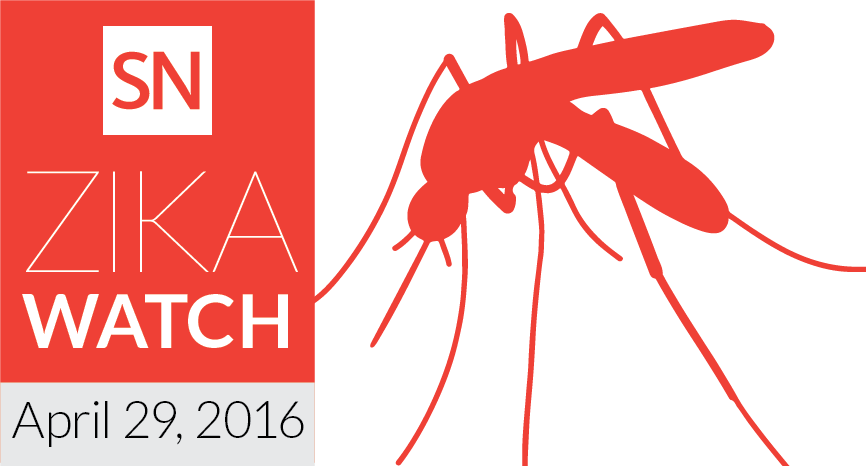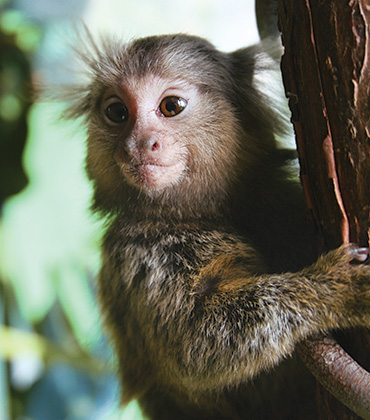This week in Zika: Haiti hit early, possible monkey hosts, and more

As the threat of a Zika outbreak in the United States creeps steadily closer, ideas about how to handle the virus continue to clash.
Congress has yet to agree to President Barack Obama’s February request for $1.9 billion in emergency funding to address the threat, leaving states scrambling to protect residents. And thousands of Floridians have banded together against a proposed field trial of genetically modified mosquitoes (the engineered insects can’t produce viable offspring, potentially curbing Zika’s spread). As of April 29, more than 166,000 people have signed a change.org petition to prevent the mosquitoes’ release in the Florida Keys. (In March, the U.S. Food and Drug Administration released preliminary findings that the mosquitoes weren’t likely to harm humans or the environment.)
The turmoil underscores widespread uncertainty about how to fight Zika. It’s a problem other countries are grappling with in the run up to the Summer Olympic Games — hosted by Brazil, Zika’s ground zero. On April 27, South Korea’s Olympic committee announced that its athletes would, except when competing, wear “Zika-proof” uniforms — long-sleeved tops and pants treated with bug repellent.

- The first death from Zika in the United States — a man in his 70s in Puerto Rico — was reported April 29 by the U.S. Centers for Disease Control and Prevention. A few days following infection, the man began to bleed internally and was hospitalized. Shortly after, he died due to complications due to severe thrombocytopenia, or abnormally low platelet numbers. This is a rare cause of death in people infected with Zika, says CDC spokesman Benjamin Haynes, though other flaviviruses, such as dengue, can also trigger hemorrhaging.
- The first commercial test for Zika was authorized for emergency use by the FDA on April 28. The test can detect Zika virus RNA in the blood, and could speed results for patients with suspected infections. Doctors have been relying on government-approved labs, which can take more than three weeks to return test results.
- Zika hit Haiti months before the first reported cases in Brazil, scientists report April 25 in PLOS Neglected Tropical Diseases. Researchers detected the virus in three Haitian children infected in December 2014. The finding raises questions about Zika’s spread through the Americas. Haitian and Brazilian strains are similar (both have an Asian origin), but genetic analyses suggest that Zika was buzzing around Haiti as early as mid-2013 without raising alarms.
- Both African and Asian strains of the virus can infect and shrink lab-grown minibrains, mimicking the birth defect microcephaly, researchers report April 22 in Cell. The work relies on a new type of miniorgan that resembles the forebrain, and builds on previous findings that Zika can kill the stem cells needed to build the brain.
- In Brazil, mosquitoes could potentially transmit Zika from monkeys to humans. Scientists have detected the virus in 7 of 24 marmosets and capuchin monkeys captured across one northeastern state in the country. The animals, most of which lived among people, might act as reservoirs for the virus, researchers report April 20 at bioRxiv.org.
Editor’s note: This post was updated at 4 p.m. April 29 to add the news of the Puerto Rico death.







